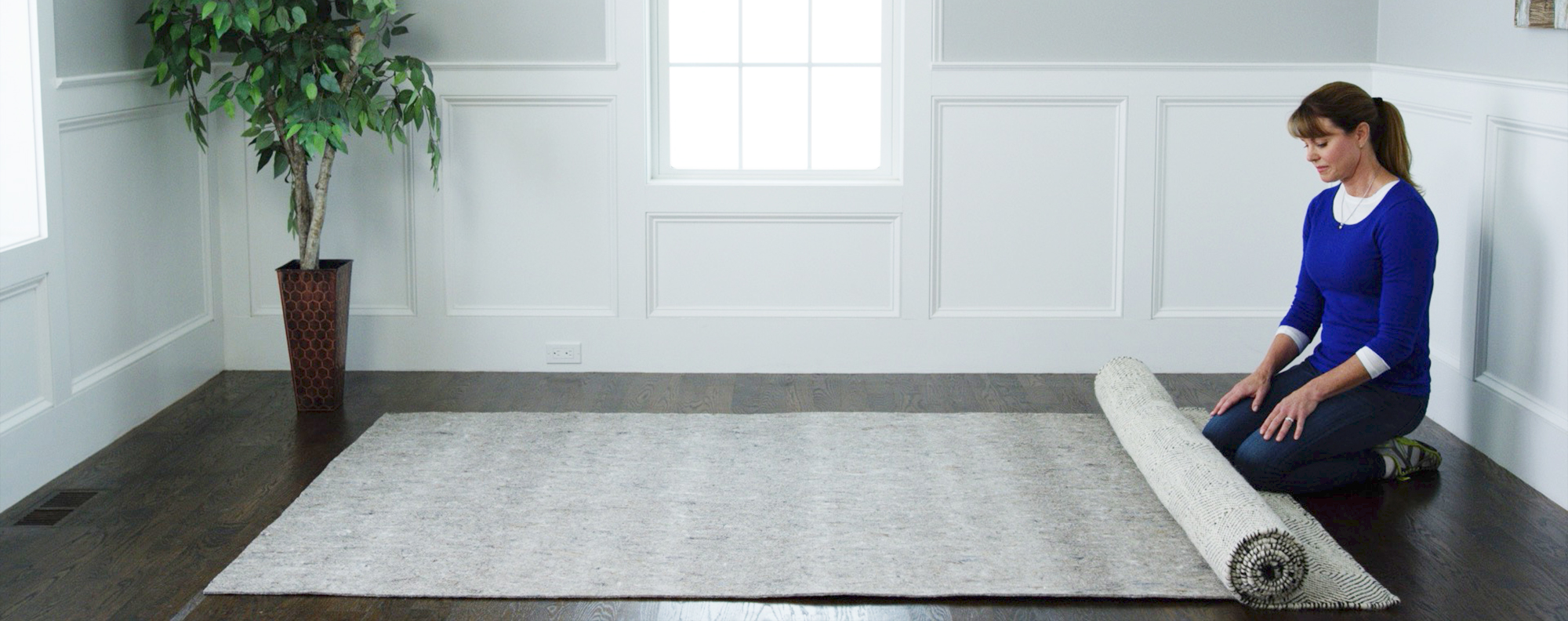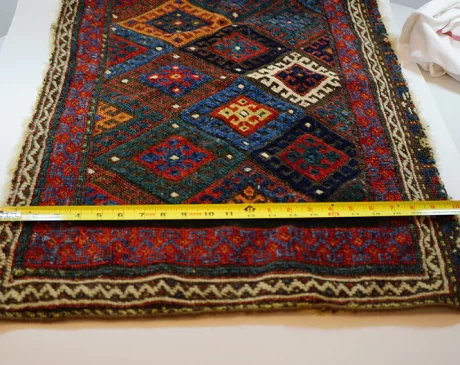Which Side Of Carpet Pad Goes Down

A carpet pad is an important part of the flooring installation process. It provides cushioning and support to the carpet, helping to extend the life of your carpet and prevent it from wearing out prematurely. When installing a carpet pad, it is important to know which side goes down. Generally speaking, the side of the carpet pad that has a textured or dimpled surface should be facing down, while the smoother side should be facing up. This will help to keep the carpet in place and prevent it from shifting or bunching up.
Identifying Carpet Pad Types
Carpet padding is an essential element of any floor covering. It not only adds comfort and cushioning underfoot but also helps protect the carpet fibers from wear and tear. When shopping for carpet padding, it is important to consider the various types available and how they can benefit your specific needs. From felt and rubber to synthetics and foams, there are a variety of carpet pad types to choose from. Each one offers different levels of cushioning, durability, noise reduction, and insulation. Knowing the differences between these types of padding can help you make a more informed decision when selecting the right product for your home. With the right carpet pad, you can enjoy your flooring for years to come!
Benefits Of Carpet Pad
A carpet pad is an essential component of any carpeted floor. It is the layer of material that sits beneath the carpet and provides comfort and support. Carpet pad is available in a variety of thicknesses and densities, making it easy to select the right pad for your application. Benefits of carpet pads include improved cushioning, better insulation, better sound absorption, decreased wear and tear on the carpet, and increased longevity of the carpet. Carpet pad also helps to prevent the carpet from slipping or bunching, and increases the overall safety of the area. It’s a small investment that can make a big difference in the look and feel of your carpet.
Benefits Of Installing Carpet Pad On The Floor
A carpet pad is essential for maintaining the quality and condition of your carpet. Not only does it provide a layer of insulation, but it also helps prevent slipping and tripping, reducing the risk of injury incurred from falls. It also helps to prolong the life of your carpet, as it acts as a cushion and absorbs impact from foot traffic, furniture, and vacuuming. Furthermore, it helps to reduce sound and odors and adds a layer of softness, making your home more comfortable. Installing a carpet pad is an easy and inexpensive way to keep your carpets looking great and lasting longer.
Benefits Of Installing Carpet Pad On The Carpet
Carpet pads provide numerous benefits to your home and your carpets. Installing a carpet pad on your carpet can help protect your investment, extend the life of your carpet, reduce noise levels, provide extra comfort, and improve the overall look and feel of your home. Carpet pads serve as a cushion between you and your carpet, providing additional comfort and insulation. This extra cushioning helps to reduce noise levels, while also helping to prolong the life of your carpet by reducing wear and tear. By providing additional protection from spills and dirt, a carpet pad also helps to keep your carpet looking newer for longer. Finally, a good quality carpet pad can help improve the look and feel of your home by providing a more luxurious and comfortable living experience. Installing a carpet pad is an easy and affordable way to protect your carpet and help extend its life.

Steps To Installing Carpet Pad
Installing a carpet pad is an essential part of any flooring project. It provides cushioning and protection for your carpet, and it can significantly extend the life of your carpet. Here are some simple steps to help you install carpet padding quickly and easily:
- Measure the room to determine the size and amount of carpet pad you will need.
- Clean the floor and vacuum any dirt, dust, and debris that may be present.
- Cut the carpet pad to the correct size and shape, as needed.
- Place the carpet pad in the room, making sure it is properly aligned.
- Secure the carpet pad to the floor with an adhesive.
- Trim the excess carpet pad around the edges, if necessary.
- Vacuum the area once more to remove any debris that may have been created during the installation process.
Installing a carpet pad is a simple and effective way to extend the life of your carpet and provide a comfortable and protected surface for your feet. With a few easy steps, you can quickly and easily install a carpet pad in your home and enjoy the benefits it provides for years to come.
Tips For Installing a Carpet Pad
Carpet pads provide a cushion of comfort and insulation for your carpet, making it a great investment of both time and money. Installing a carpet pad is simple but requires some preparation and care. Here are a few tips to help you install carpet pad like a pro:
1. Measure your space: Accurately measure the area where you plan to install the carpet pad. This will help you determine what size and type of pad you need.
2. Choose the right pad: Select a carpet pad that suits the type of carpet you have and the size of the room. Consider the density and thickness of the pad, as this will impact the look and feel of the carpet.
3. Prepare the area: Make sure the area is clean, dry, and free from debris. Ensure there are no lumps or bumps on the floor, as these will impact the installation process.
4. Install the pad: Start by rolling out the carpet pad and securing it with tape. Make sure the edges are firmly secured and that the pad fits the space correctly.
5. Trim and finish: Trim off any excess pad and secure the edges with carpet tacks. You may also want to use a vacuum to remove any air bubbles and smooth out the pad.
Follow these tips to ensure your carpet pad installation is a success!
Common Mistakes To Avoid When Installing a Carpet Pad
When installing a carpet pad, it’s important to make sure you take the necessary precautions to avoid common mistakes. Not preparing the surface properly, using the wrong adhesive, or failing to secure the carpet pad correctly can all lead to costly repairs down the line. To ensure a successful installation, start by taking accurate measurements and assessing the condition of the floor and any existing padding. Select the appropriate adhesive and padding for your floor type and prepare the surface with a vacuum and cleaning solution. Secure the padding using a strong adhesive and make sure to trim any excess padding. Finally, allow the adhesive to dry completely before walking on the padding or installing the carpet. By following these simple steps, you can help ensure a successful installation and avoid common mistakes.
Troubleshooting Carpet Pad Installation Issues
Have trouble installing your new carpet pad? Don’t fret. We’ve got you covered! This blog post will provide you with all the tips and tricks you need to get the job done right – first time. We’ll walk you through identifying potential issues, troubleshooting common problems, and finding solutions. From measuring the space correctly to using the right adhesive for the job, this blog post will provide you with the information you need to make the installation of your carpet pad a breeze. So don’t let the installation of your carpet pad be a challenge – let us help you make it a success!
Conclusion
It is important to ensure that the correct side of the carpet pad is facing down when installing it. The side with the most padding should be facing down to ensure that it is as comfortable and supportive as possible for the user. The side with the least padding should be facing up so that it does not affect the look and feel of the carpet. By taking the time to properly install the carpet pad, you can ensure that it will last for years to come.



